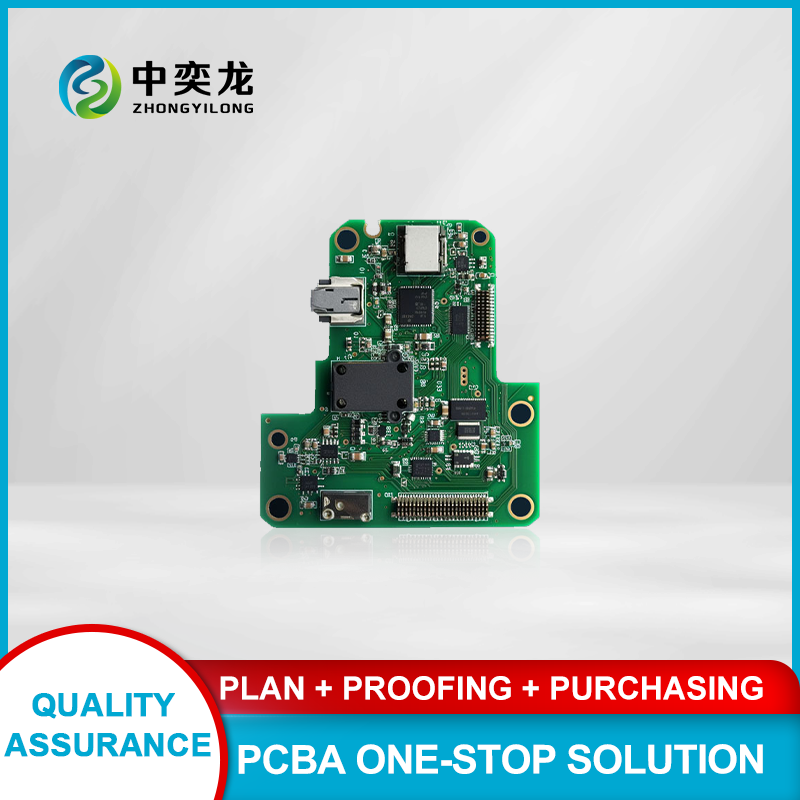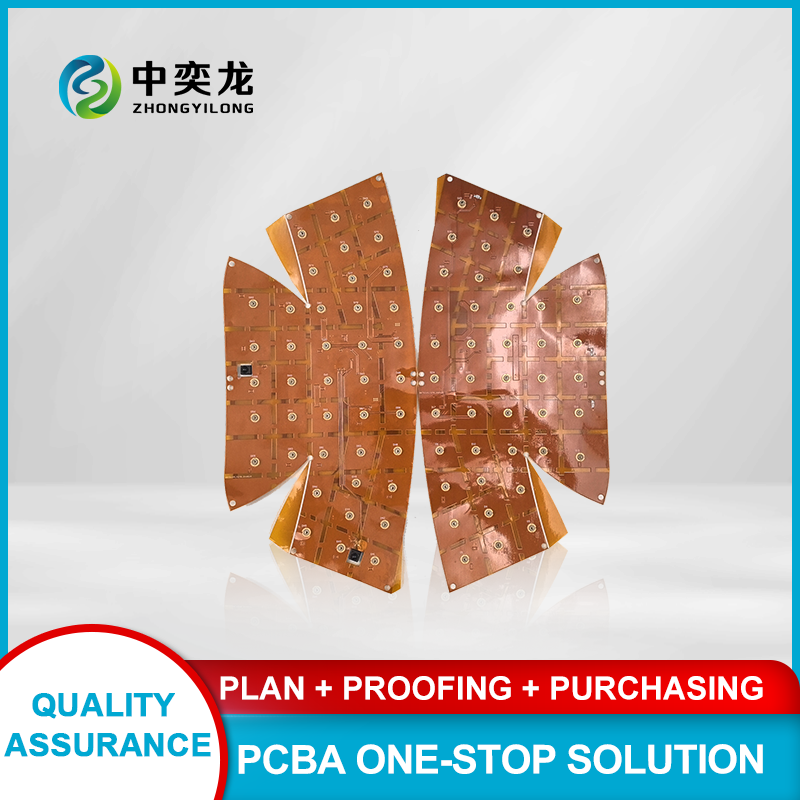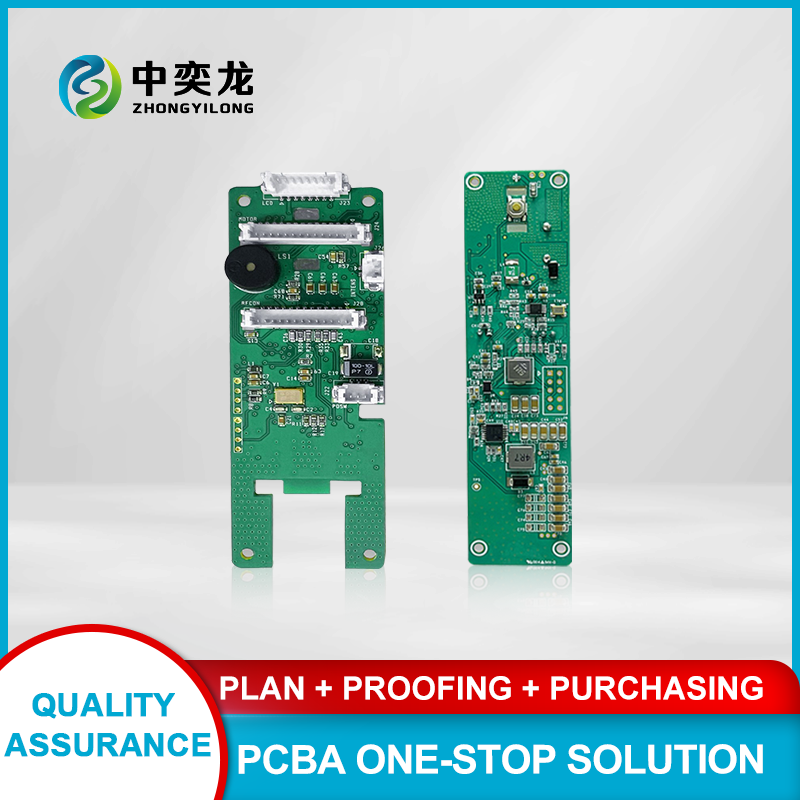
Revolutionizing Electronics with Innovative Smartware Design
2025-07-07
Revolutionizing Electronics with Innovative Smartware Design
Table of Contents
1. Introduction to Smartware Design in Electronics
2. Understanding the Basics of Electronics Components
3. The Role of Circuit Boards in Smartware Design
4. Innovative Trends in PCBA Processes
5. Benefits of Smartware Design in Electronic Applications
6. Case Studies: Successful Implementations of Smartware
7. Future Directions of Smartware in the Electronics Industry
8. Conclusion
9. Frequently Asked Questions (FAQs)
1. Introduction to Smartware Design in Electronics
Smartware design is at the forefront of a technological revolution, reshaping how we interact with electronic devices. This innovative approach integrates software and hardware, enabling smarter functionality and enhanced user experiences. As the demand for advanced electronic solutions grows, smartware design is essential in making devices more intuitive, responsive, and efficient.
2. Understanding the Basics of Electronics Components
Before diving deeper into smartware design, it's crucial to understand the fundamental building blocks of electronics. Electronic components such as resistors, capacitors, diodes, and transistors serve as the foundation for all electronic circuits. These components work together to perform various functions, from simple signal processing to complex computations.
2.1 The Importance of Quality Components
In the realm of smartware design, the quality of these components significantly impacts performance and reliability. High-quality electronic components ensure that devices can handle demanding tasks and operate smoothly under varying conditions.
3. The Role of Circuit Boards in Smartware Design
Circuit boards are integral to smartware design, acting as the backbone for electronic assemblies. They provide the necessary connections between components, enabling the flow of electrical signals.
3.1 Types of Circuit Boards
There are various types of circuit boards, including:
- **Single-sided boards**: Feature components on one side.
- **Double-sided boards**: Components on both sides allow for more complex designs.
- **Multi-layer boards**: Ideal for sophisticated applications, accommodating many components in a compact space.
4. Innovative Trends in PCBA Processes
Printed Circuit Board Assembly (PCBA) processes are evolving to meet the demands of smartware design. Automation and advanced manufacturing techniques are streamlining production, enabling faster turnaround times and improved quality control.
4.1 The Shift to Automated Assemblies
Automation in PCBA processes reduces human error and enhances efficiency. Robotics and AI technologies are increasingly used to handle intricate assembly tasks, ensuring precision and consistency.
5. Benefits of Smartware Design in Electronic Applications
The implementation of smartware design brings numerous benefits to electronic applications, including:
5.1 Enhanced User Experience
Smartware allows for personalized user interactions. Devices can learn user preferences and adapt their functionalities accordingly, resulting in a more intuitive experience.
5.2 Increased Efficiency
By optimizing operations through smartware, devices can perform tasks more efficiently, reducing energy consumption and extending their lifespan.
5.3 Greater Connectivity
Smartware design facilitates seamless connectivity between devices, enabling features like IoT integration. This connectivity allows for remote monitoring and control, further enhancing the user experience.
6. Case Studies: Successful Implementations of Smartware
Examining real-world applications of smartware design provides insight into its transformative potential.
6.1 Smart Home Devices
Smart home technology has revolutionized how we manage our living spaces. Devices like smart thermostats, security systems, and lighting controls utilize smartware to learn user habits and optimize energy use.
6.2 Wearable Technology
Wearable devices, such as fitness trackers and smartwatches, demonstrate the power of smartware design. These devices collect data, analyze user behavior, and provide personalized insights for health and fitness.
7. Future Directions of Smartware in the Electronics Industry
As technology continues to advance, smartware design will play an increasingly crucial role in the electronics industry. Emerging trends include:
7.1 Integration with Artificial Intelligence
The incorporation of AI into smartware design will enable devices to become even more intuitive, learning from user interactions and predicting needs.
7.2 Sustainable Electronics
With growing environmental concerns, the future of smartware design will likely focus on creating sustainable electronic solutions that minimize waste and promote energy efficiency.
7.3 Expansion of IoT Applications
As the Internet of Things (IoT) expands, smartware design will be pivotal in creating interconnected devices that communicate effectively, enhancing automation across various sectors.
8. Conclusion
The revolutionizing of electronics through innovative smartware design is an exciting development that holds immense potential for enhancing user experiences and improving efficiencies. By understanding the fundamentals of electronic components, circuit boards, and PCBA processes, we can appreciate the significance of smartware in shaping the future of technology. As we continue to embrace new trends and advancements, smartware design will undoubtedly lead the charge in transforming how we interact with our electronic devices.
9. Frequently Asked Questions (FAQs)
1. What is smartware design?
Smartware design refers to the integration of software and hardware in electronic devices to enhance functionality and user experience.
2. How does smartware improve the efficiency of electronic devices?
By optimizing operations and enabling adaptive features, smartware allows devices to perform tasks more efficiently while reducing energy consumption.
3. What are the main components of a circuit board?
The primary components include resistors, capacitors, diodes, and transistors, which work together to facilitate electrical signal flow.
4. How is automation impacting PCBA processes?
Automation in PCBA processes enhances efficiency, reduces human error, and increases production speed, leading to higher quality assemblies.
5. What future trends can we expect in smartware design?
Key trends include greater integration with AI, a focus on sustainable electronics, and the expansion of IoT applications across various industries.
Related News












 WhatsApp
WhatsApp
 E-mail
E-mail